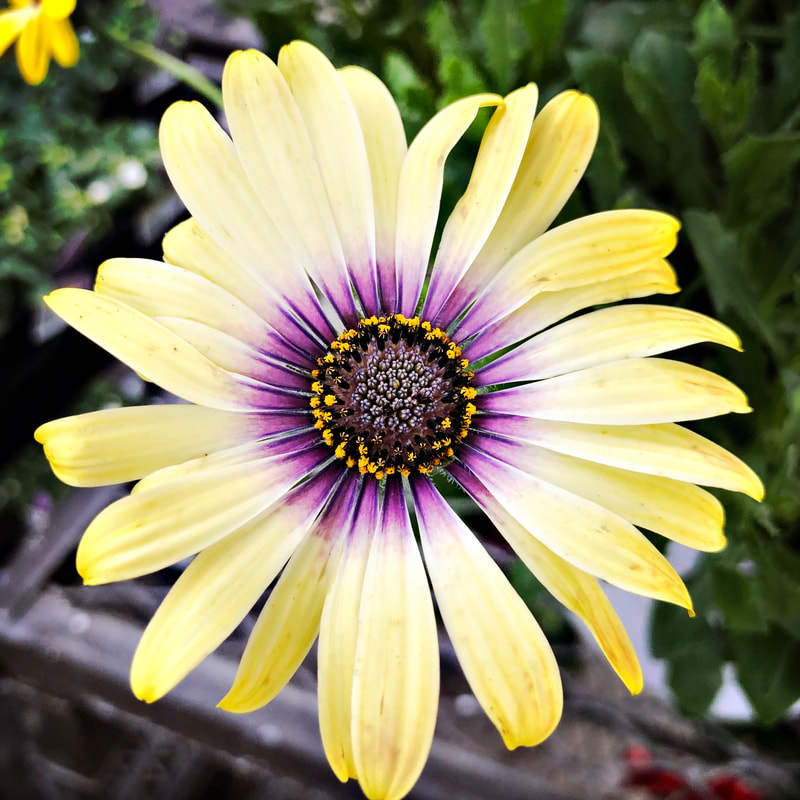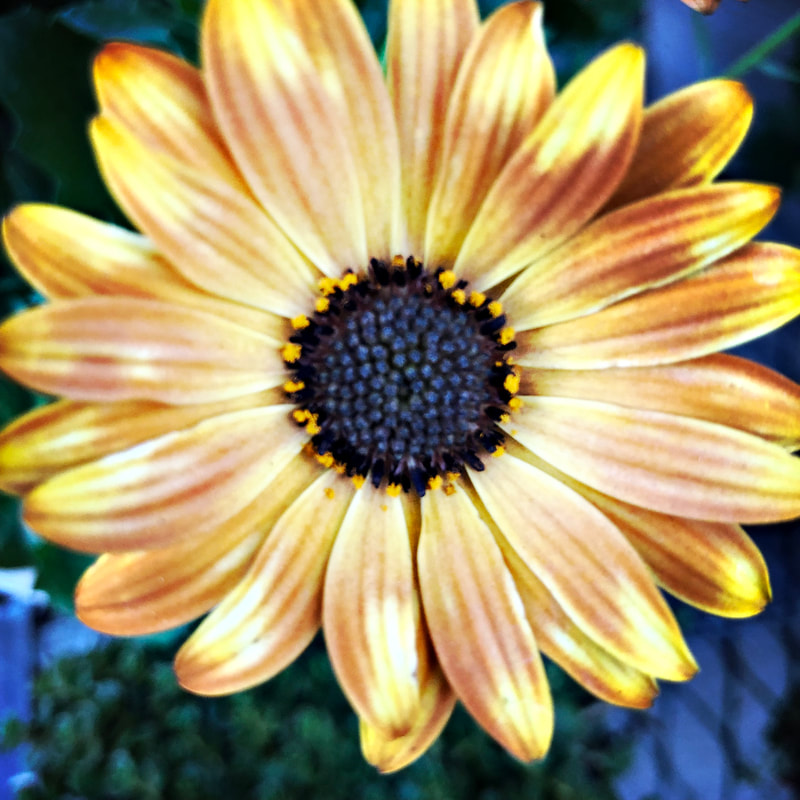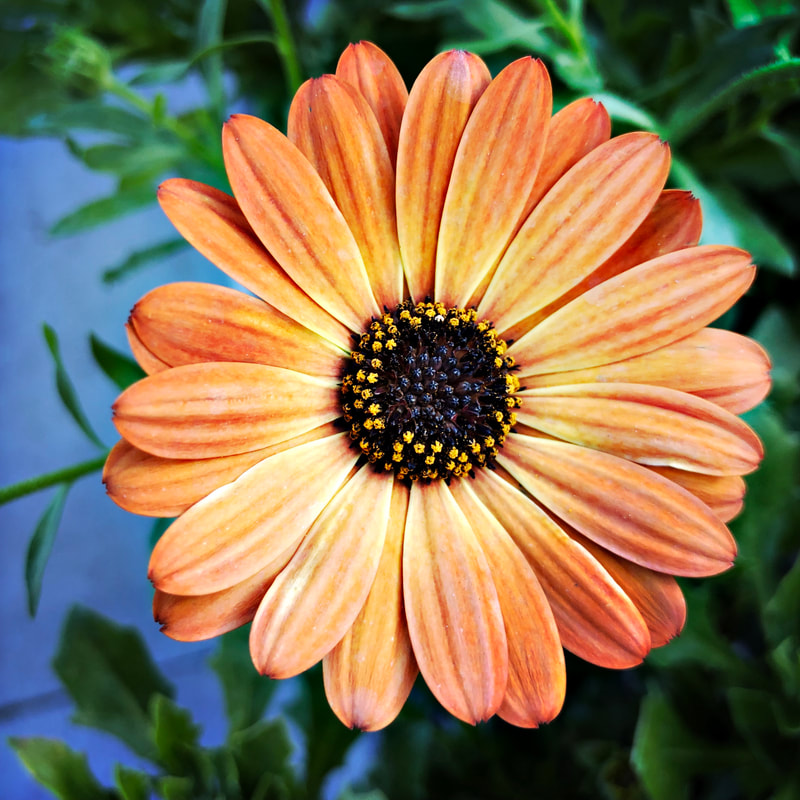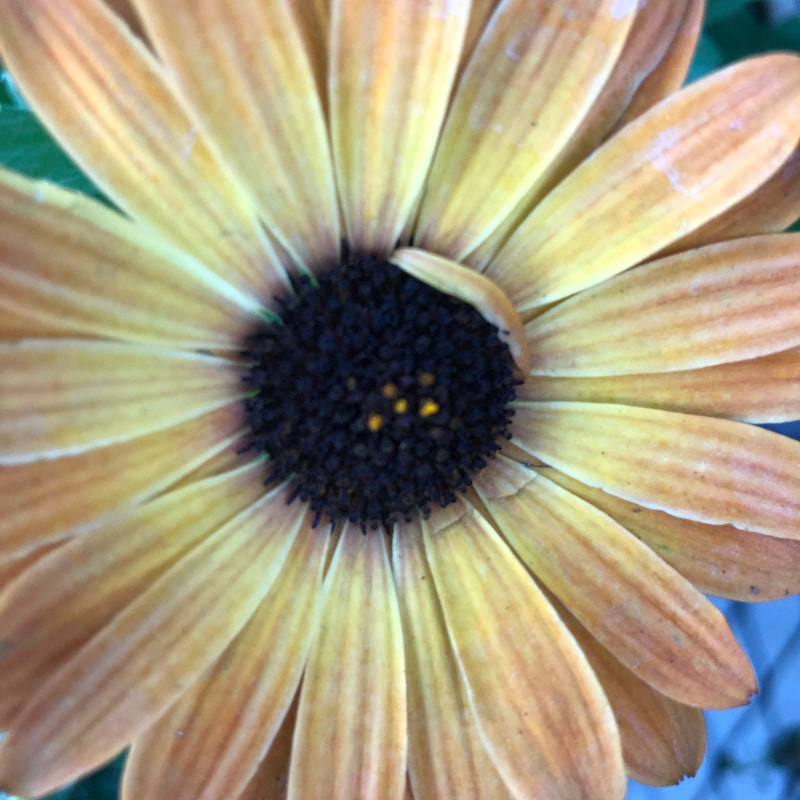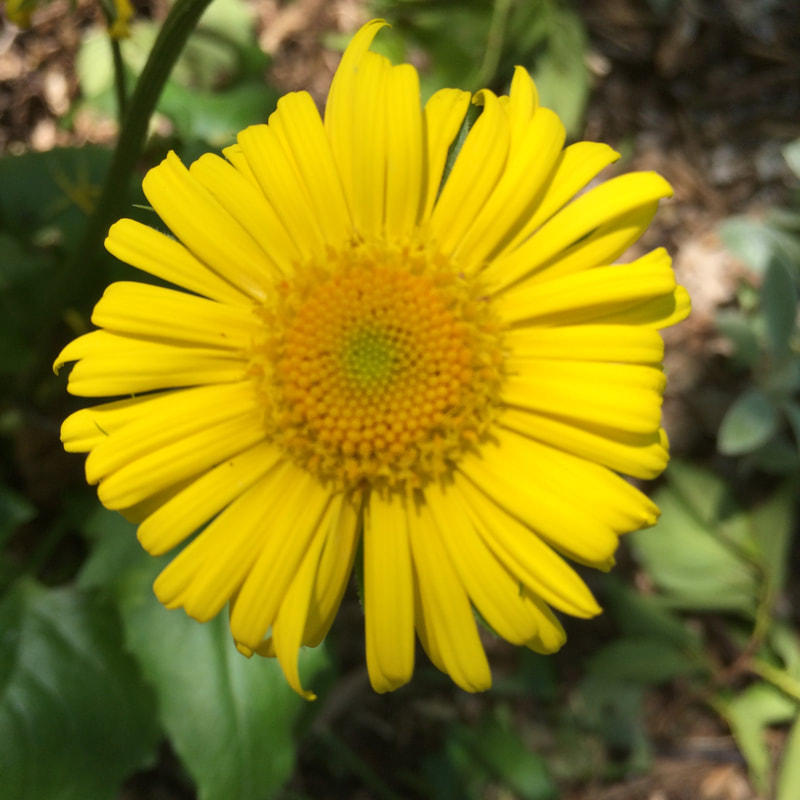Mourning and Melancholia in Memoir
Jo-Anne Berelowicz
7.1
|
A difference between art historians and memoirists is that art historians have, traditionally, written about objects or periods. Memoirists write about lives, but if we regard our life or experience as an artifact, we position ourselves as curators of that life or experience, holding it in our hands and examining it. In doing so, we take on a scholar’s detachment from our subject, weighing in with ourselves how best to represent it, how best to frame it. A crucial element in that framing is the singular first person of the narrator. How will the writer—who stands behind her text’s singular first person like a puppet master behind his puppets—present that singular first person, that protagonist, that “I” who tells the story? How to paint her as a character who serves the ends of the essay/memoir? Click here to continue reading.
|
On the Chronicle
Carlos Cunha
7.1
|
But what to call, say, James Agee’s Let Us Now Praise Famous Men, which, although it began life as a magazine feature (in Fortune, of all places), is clearly something beyond journalism? What to call the likes of Lidiya Ginzburg’s A Blockade Diary, Annie Ernaux’s A Man’s Place, Peter Handke’s A Sorrow Beyond Dreams, Claude Simon’s The Invitation, Claudio Magris’ Danube, Svetlana Alexievich’s Voices From Chernobyl? Should we call such works of narrative prose documentary novels? Nonfiction novels? Works of creative/literary/lyric nonfiction? Simply essays? They are called all those things and more, and often in a single review, as critics cast about for the mot juste, then typically give up, in essence saying that a truly appropriate form term does not yet exist or does not even need to exist, since each of these books is a sui generis work, its form unlikely to recur. Click here to continue reading.
|
Haunted Memoir
Bruce Owens Grimm
7.1
|
Ghost stories have, for most of literature’s history, been kept in the realm of fiction because keeping them fictious allows or the reader to not have to contemplate the supernatural in everyday life, what is beyond scientific certainty. Most people probably think of ghosts as the mysterious footsteps in the middle of the night, whispers of voices behind them, but when they turn no one is there. And yet, everyone is haunted in one way or another, which means everyone has a ghost story to tell. As Carmen Maria Machado says in her haunted memoir, In the Dream House, “The memoir is, at its core, an act of resurrection.” The key to understanding haunted memoir, and how ghosts can be present in nonfiction, is that a ghost is not limited to the energy left behind by a person who has died. As Steven, the oldest of the Crain children says in the Netflix remake of The Haunting of Hill House, ghosts can be “a lot of things: a memory, a daydream, a secret, grief, anger, guilt.” Click here to continue reading.
|
Irish Motherhood in Irish Nonfiction: Abortion and Agency
Colleen Hennessy
7.1
|
A woman’s place is in the home, caring for her children, according to Irish law. Article 41.1.2 of the Irish constitution states “that by her life within the home, woman gives to the State a support without which the common good cannot be achieved.” Furthermore, the state “shall endeavor to ensure that mothers shall not be obliged by economic necessity to engage in labour to the neglect of their duties in the home.” In a few sentences, all women in the newly founded Republic of Ireland were defined as mothers and confined to the domestic. In multiple reports of the UN Committee on the Elimination of Discrimination Against Women (CEDAW), the group has recommended constitutional reform of Article 41.1.2, along with general language changes, to rectify the persistent stereotyping experienced by the women of Ireland, but as of June 2020 it remains untouched. In Edna O’Brien’s Mother Ireland, her lyrical memoir and portrait of rural Ireland during her childhood in the 1940s and 1950s, published in 1976, reaches for the deep cultural associations with women as Ireland, with women as the State: “Countries are either mothers or fathers, and engender the emotional bristle secretly reserved for either sire. Ireland has always been a mother, a womb, a cave, a cow, a Rosaleen, a sow, a bride, a harlot, and of course the gaunt Hag of Beare.” Click here to continue reading.
|
Walking with Robert Macfarlane
James Perrin Warren
7.1
|
In The Gifts of Reading, Macfarlane lists five books he gives away repeatedly: Cormac McCarthy, Blood Meridian; Vladimir Nabokov, Lolita; Patrick Leigh Fermor, A Time of Gifts; Nan Shepherd, The Living Mountain; and J. A. Baker, The Peregrine (24). The list presents a mix of genres, styles, and visions. Macfarlane admits that Lolita calls for some caution, while Shepherd’s Living Mountain, a masterpiece of mountain writing about the Cairngorms of Scotland, is the book he has given away most often and in the most extraordinary circumstances. Blood Meridian might also call for careful choosing of a recipient—it is without doubt one of the darkest and most disturbingly violent novels I have ever read, though I’ve read it three times. Macfarlane discusses A Time of Gifts at length because Don had given it to him at a crucial juncture, and it proved to be transformative. That leaves Baker’s The Peregrine, an altogether remarkable narrative of close observation, dense detail, and austere stylistic power. Click here to continue reading.
|

